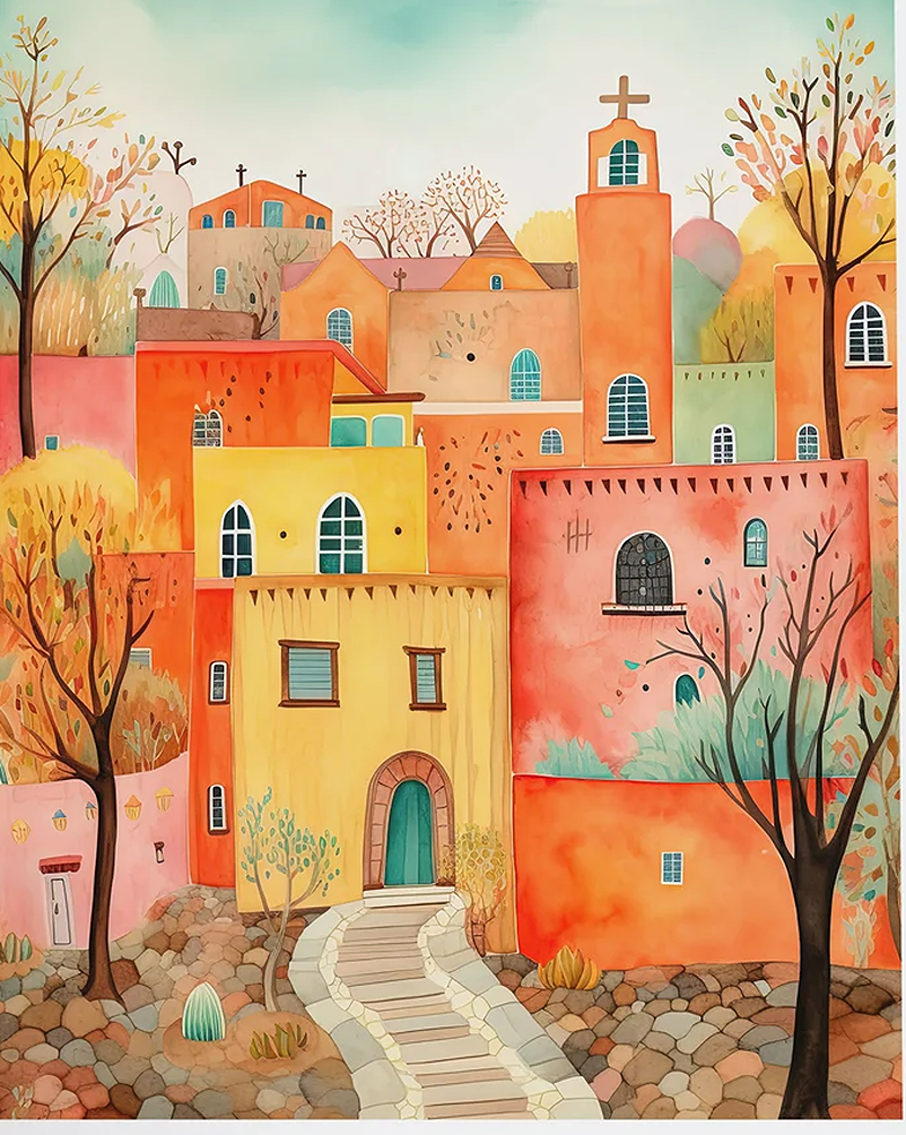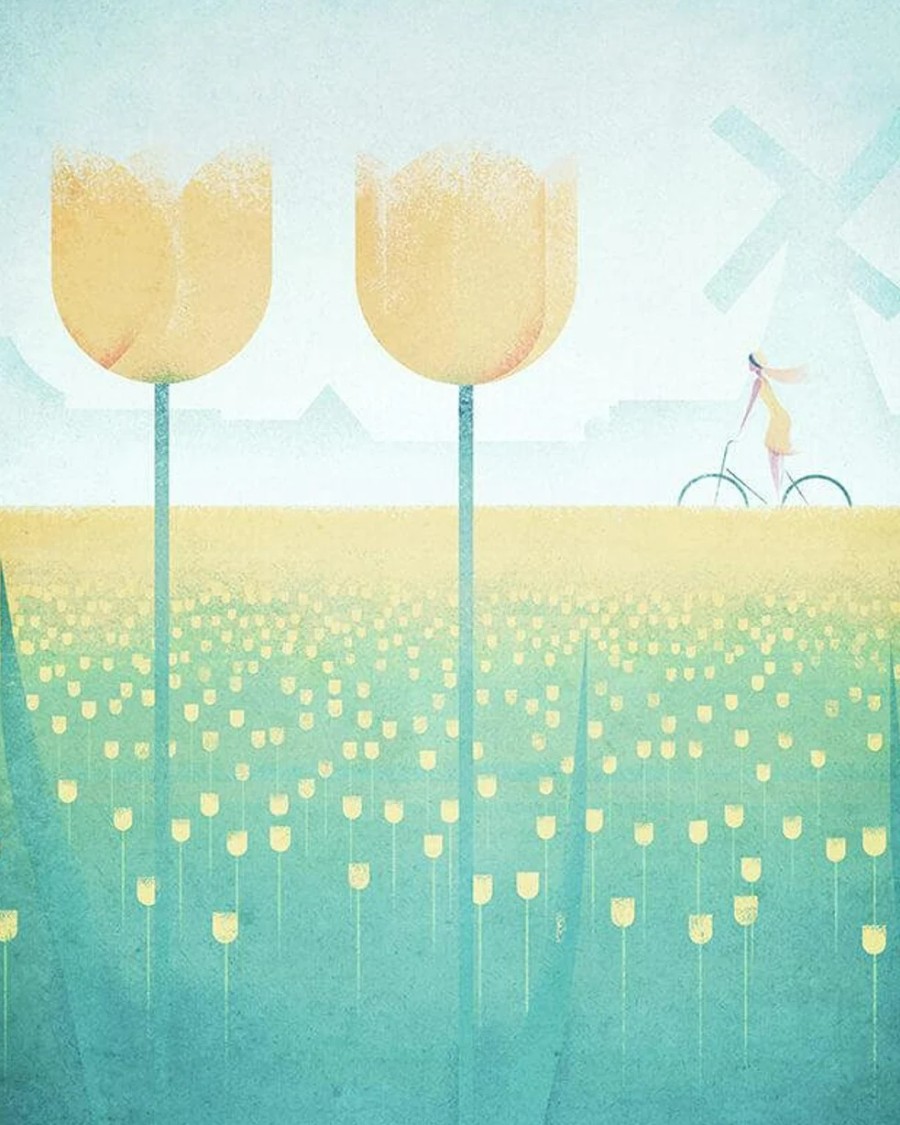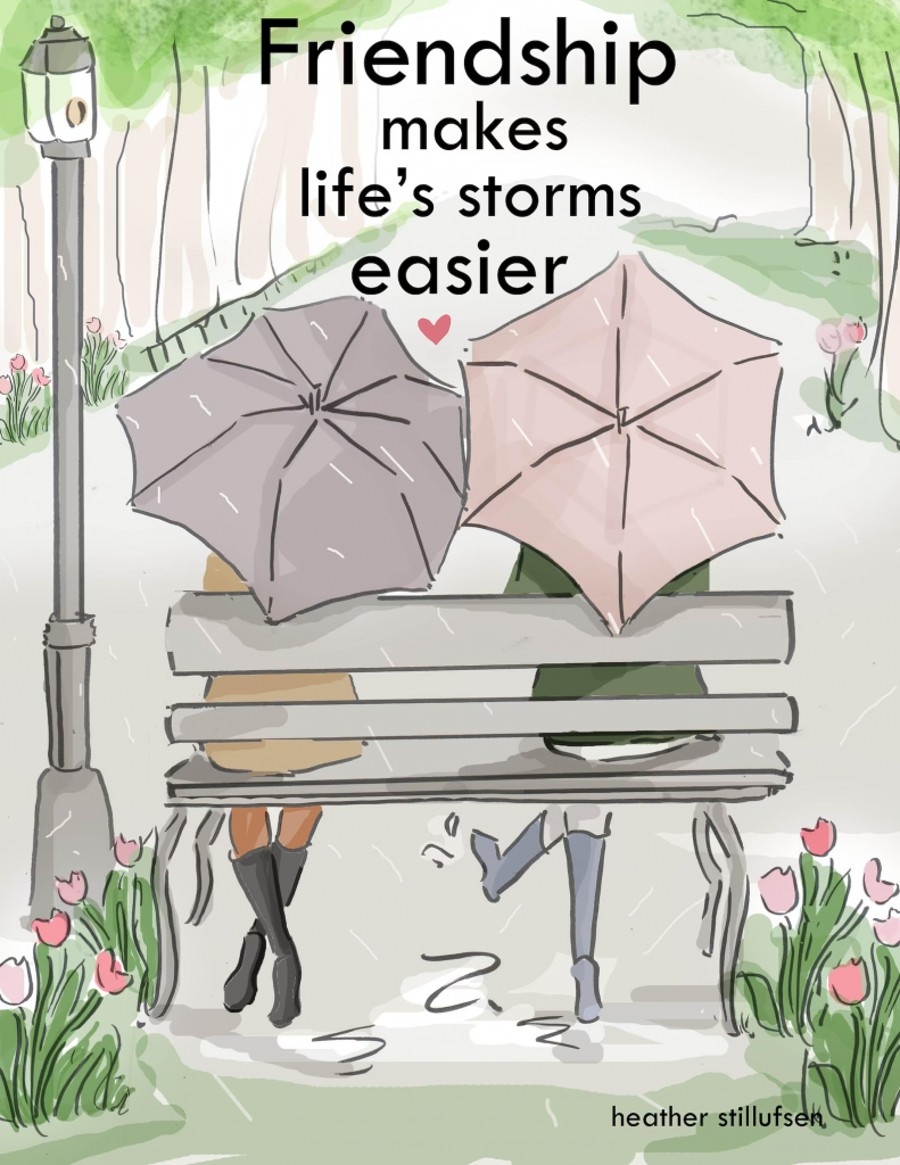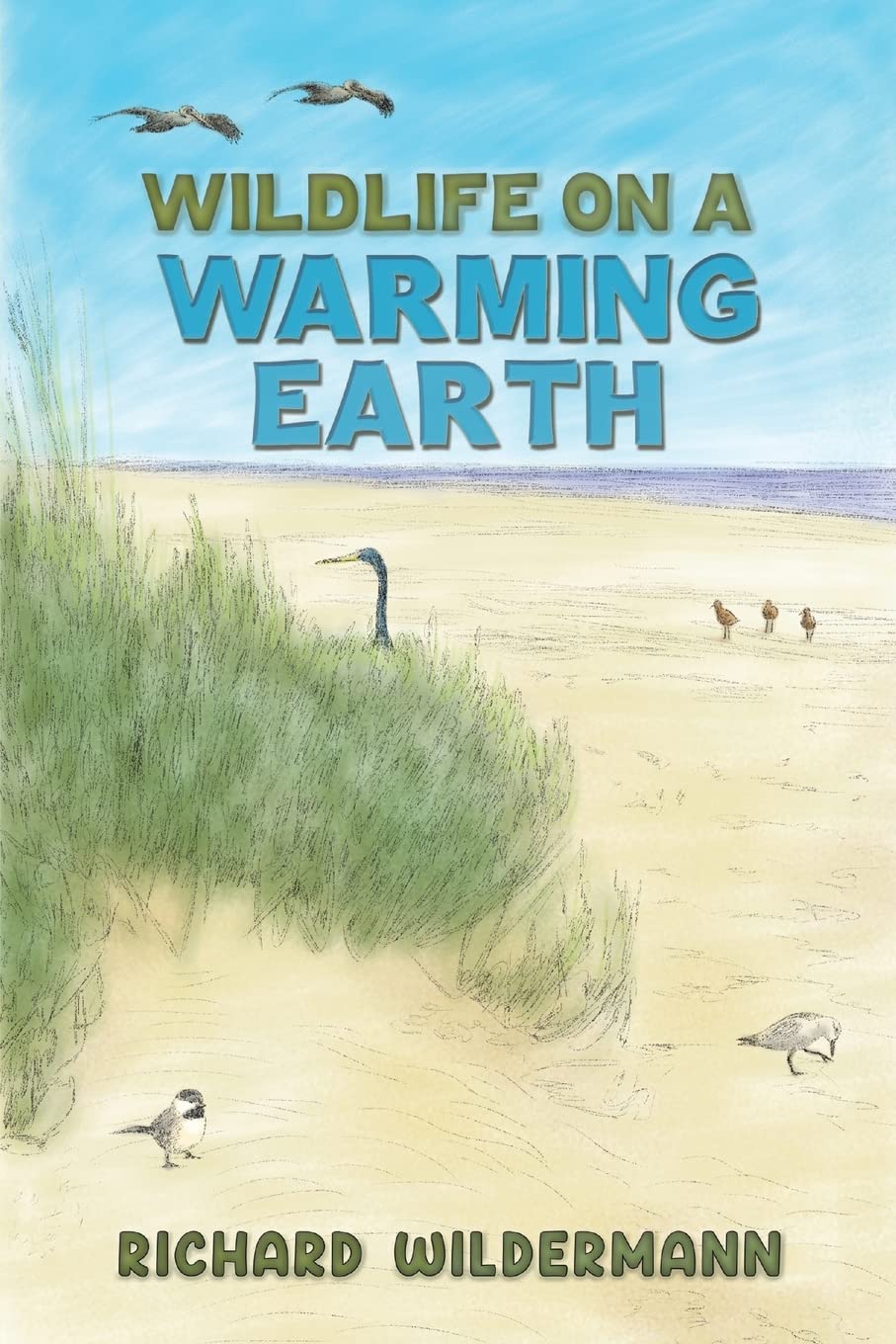
Clone towns are where the area is unique, the buildings are unique, and the shops are unique. The city has preserved its identity, and knows exactly who it is and why it is there. Compare that with a clone town, which increasingly is what we have here. Not so many years ago, the typical high street village or town would have indie shops. You knew the names of the owners of the hardware store, the sweet shop, the local greengrocer and the toy shop.
But today, we have ‘clone towns’. The indie tea room has been replaced by seas of Costa Coffee branches, all looking the same and sounding the same, he same bored staff churning out same choices, whether you live in Northumberland or a Cornish village. No matter where you are – if there’s a spare corner to throw a Costa Coffee, a McDonald’s, a co-op local grocery or a NISA or a Shell service station, you’ll know that someone will find a way to put it there.
But this has consequences, not least because the town gets boring. Writer Paul Kingsnorth calls clone towns ’21st century syndrome – knowing a place so well, that you’re bored by the time you first visit’. What on earth is good about going on holiday (or even a day trip) to a street that is filled with exactly the same shops as the ones you have back at home? Then you visit the same restaurants or takeaways, then you sit in the same traffic jams, to go back to all watch the same shows that everyone else watches.
Why is it done? Mostly because big chain stores, supermarkets and fast food outlets have sent indie shops to the wall. Even ‘free supermarket’ parking doesn’t help, because it’s only for a limited time, then you get fined if you go over alloted time, by visiting an indie coffeehouse before you return. Some companies have sold old buildings off to recover funds, and high streets are awash with big charities that can pay big rents on leases, and mobile phone shops.
It’s like a high street nightmare. What happened to the character of each individual town, village or city? So what’s to do? Obviously the answer is where possible, shop local. Not always easy if you don’t have local shops to frequent, and even less easy if they have had to move out of walking distance, and you don’t have a car to get to them. Just do what you can. Buy a loaf of bread at the local baker, use a greengrocer if you still have one (or join a veg box scheme). And if you do have to use supermarkets, buy low-cost basic goods (cans of lentils etc), buy a cookbook and make your own food, to make less profits for them, and better affordable and more ethical food for you.
Ask local indie shops if they have discount loyalty cards (many do, and several indie health shops have discount cards if you join a veggie society, then your membership card gives discounts (which you can often also use online for shoe shops etc). Worth it, as it pays for itself in no time.
The power ultimately comes down to the consumer. If people spend even just a small percentage of their income at small shops, councils will have to do something else, rather than just take big rents from big shops and leave the status quo. This is what happened in the little Devon town of Tavistock. Renowned for its local food and farmers’ markets, it becamse the first place in England where McDonald’s had to shut shop and leave town, due to lack of customers. It’s happened more than once since. Asked why, a local said ‘We feed our children properly here. And their food is not proper food, so they couldn’t survive’.
the least cloned town in England!
You likely know Canterbury, known for being the setting for Chaucer’s Canterbury Tales. But nearby is the pretty coastal town of Whitstable, which has the proud title of being the ‘least cloned’ in England, due to its abundance of indie shops. Londoners love it here, so it could be partly because there is money coming down the train line or motorway to spend at thriving little boutiques.
The county also has two important villages: The Blean contains England’s largest area of ancient woodlands, home to lots of native wildlife. And Chiddingstone is a beautiful ancient village that’s preserved the tudor-style houses and post office, as it’s owned by the National Trust (good as it’s protected, bad as you’ll likely have to pay a fortune to visit or have a cup of tea).
Surprisingly, the most cloned area turns out to be the city of Cambridge, which one local spokesperson says is full of ‘the sort of shops found in Heathrow Terminal 4’. Again, it seems that only the big chain stores can afford high rents. But on a positive note, the website Indie Cambridge was founded, to promote and serve the indie community. Members are listed online, and there is a free free bi-yearly magazine devoted to promoting local shops, packed with features and people, and available in the shops featured. All members get featured in one edition each year, along with receiving a professional photo shoot, and invites to pop-up get togethers to support other indie businesses.
interesting lessons to learn from Santa Fe

Santa Fe is the capital city of New Mexico (USA) and has a lot of inspirational lessons that we could learn from. This is a city that regards the arts as a necessary part of life. You may remember that a couple of years back, the then-chancellor Rishi Sunak was suggesting that mathematics was more important than the arts, which caused a lot of controversy for those believe that the arts are professions just as worthy, if not more.
As well as being a mecca for independent artists, writers and musicians, one of its main schools is a Waldorf school (where art and creativity is focused on as much as academic pursuits).
This Spanish-influenced city also has strict building codes, and is laid out according to the ‘Laws of the Indies’ which date back to 1573. The town is laid out around a central plaza (which also happens in most Italian cities). This way you have the town hall on one side and the church on the other, then a radiating grid of narrow streets and alleys that all are easy to get to from each other.
Often in England areas that are not that far from each other ‘as the crow flies’ take ages to walk to, due to being closed and cut-off (cul-de-sacs are pretty rare worldwide, and seemly something to do with English architecture and design). The grid-style of course encourages walking over car travel. If you live half a mile from the beach but you have to take a 3-mile trip to walk there due to lack of alleyways, you’re likely going to drive.
environmental issues in New Mexico
It’s not all paradise in New Mexico. A few years back, the state sued the US Environmental Protection Agency over negligence after a gold mine waste water spill, which caused heavy metals and arsenic to flow into the water basins of several states, after polluting the Animas River. It did lead to stricter regulations, but the state remains a huge producer of greenhouse gas, due to oil and gas production (emissions are twice the national average). There are however plans afoot to introduce more green energy and electric cars.






